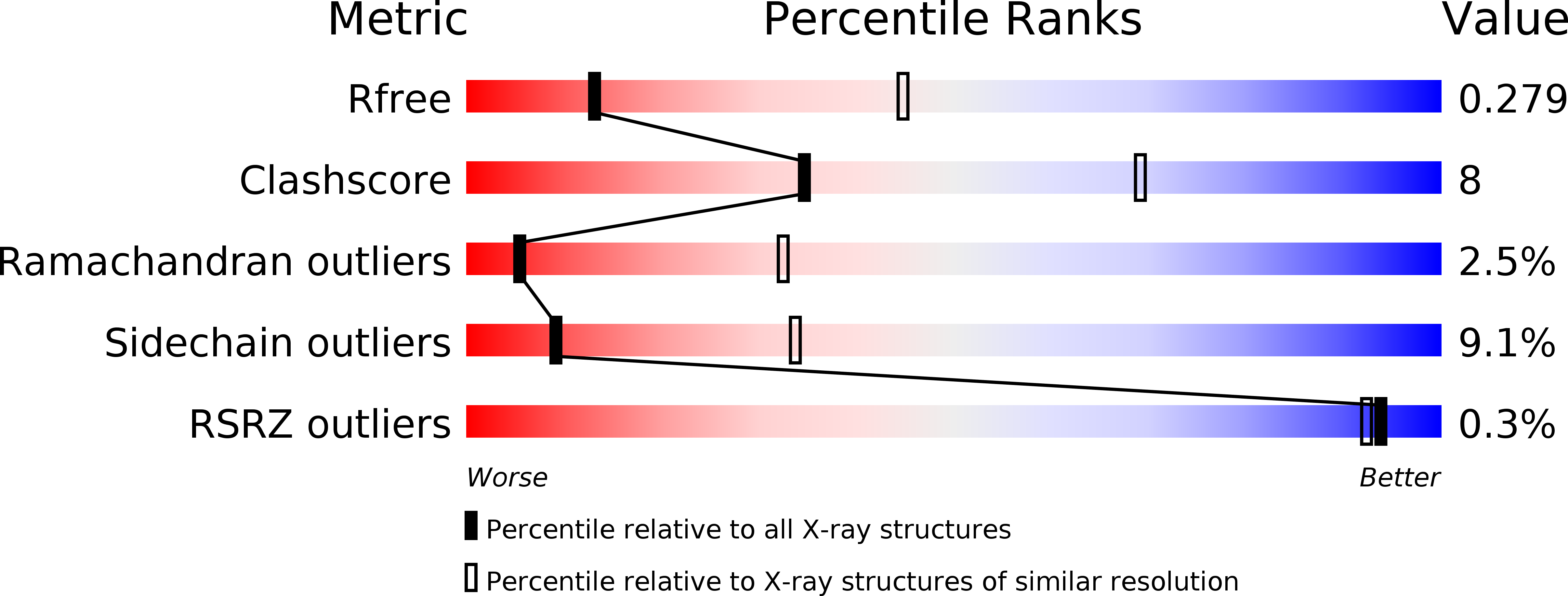
Deposition Date
2007-04-25
Release Date
2007-07-03
Last Version Date
2024-12-25
Entry Detail
PDB ID:
2PO6
Keywords:
Title:
Crystal structure of CD1d-lipid-antigen complexed with Beta-2-Microglobulin, NKT15 Alpha-Chain and NKT15 Beta-Chain
Biological Source:
Source Organism:
Homo sapiens (Taxon ID: 9606)
Host Organism:
Method Details:
Experimental Method:
Resolution:
3.20 Å
R-Value Free:
0.29
R-Value Work:
0.22
R-Value Observed:
0.22
Space Group:
C 1 2 1


